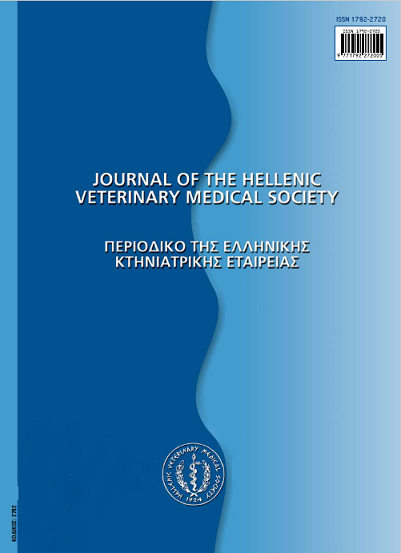Monitoring of dioxins and related toxic compounds in food of animal origin in Greece

Abstract
Polychlorinated dibenzo-p-dioxins (PCDDs), polychlorinated dibenzofurans (PCDFs) and "dioxin-like" polychlorinated biphenyls (PCBs) are environmental pollutants belonging to the persistent organic pollutants (POPs). PCDDs and PCDFs have never been produced intentionally, but they are formed by incomplete combustion of organic material in the presence of chlorine, during industrial processes or intentional and unintentional burning of solid waste. PCBs have been produced industrially as mixtures and have been used in various applications, though their production has been banned since the 1970's. Their toxicity is mediated through the interaction with the aryl hydrocarbon (AH) receptor, causing severe health effects to humans after chronic exposure, which include developmental and immunological effects, carcinogenicity and chloracne. More than 90% of the daily human intake is due to food ingestion and especially, to the consumption of fat-containing animal food products, due to the lipophilic nature of these compounds. In order to control food contamination by these compounds, the European Union has set maximum limits for PCDD/Fs and PCBs in food products (EU Regulation 1881/2006/EC). The Mass Spectrometry and Dioxin Analysis Laboratory of "NCSR" Demokritos has been operating since 2002 and it performs analysis of PCDD/Fs and PCBs in food, feed, biological and environmental samples, applying international protocols of analysis (EPA 1613, EPA 1668), based on appropriate sample clean-up and determination by high resolution mass spectrometry (HRMS), using the isotope dilution method, as specified by the EU Regulation 1883/2006/EC. The Laboratory has been accredited according to ISO/IEC 17025 by ESYD and it is the National Reference Laboratory of the European Commission for Greece and Cyprus. Here we present here a comprehensive report of the activities of the Mass Spectrometry and Dioxin Analysis Laboratory during its operation, concerning the monitoring of dioxins and similar toxic compounds in food of animal origin in Greece. Through collaboration with the official bureaus of food, environment and health control organizations of Greece, the Laboratory has conducted analysis in a large number of food and animal feed products sampled randomly in the Greek market. The results are well below the EU maximum levels and, in general, lower than those monitored in other European and Mediterranean countries. This has been attributed to the fact that Greece is not highly industrialized and has never produced PCBs and does not perform systematic waste incineration. On the other hand, samples have been collected and analysed from areas suspected for dioxin contamination, such as areas affected by accidental fires, landfills or exposed to industrial pollution. In some of these cases, unusually high levels of dioxin contamination in food samples of animal origin have been observed, in some cases above EU limits, and appropriate measures have been taken by Greek authorities to prevent their consumption and to restore normal dioxin levels.
Article Details
- How to Cite
-
VASSILIADOU (Ε. ΒΑΣΙΛΕΙΑΔΟΥ) I., COSTOPOULOU (Δ. ΚΩΣΤΟΠΟΥΛΟΥ) D., & LEONTIADIS (Λ. ΛΕΟΝΤΙΑΔΗΣ) L. (2017). Monitoring of dioxins and related toxic compounds in food of animal origin in Greece. Journal of the Hellenic Veterinary Medical Society, 62(2), 141–149. https://doi.org/10.12681/jhvms.14843
- Issue
- Vol. 62 No. 2 (2011)
- Section
- Review Articles
Authors who publish with this journal agree to the following terms:
· Authors retain copyright and grant the journal right of first publication with the work simultaneously licensed under a Creative Commons Attribution Non-Commercial License that allows others to share the work with an acknowledgement of the work's authorship and initial publication in this journal.
· Authors are able to enter into separate, additional contractual arrangements for the non-exclusive distribution of the journal's published version of the work (e.g. post it to an institutional repository or publish it in a book), with an acknowledgement of its initial publication in this journal.
· Authors are permitted and encouraged to post their work online (preferably in institutional repositories or on their website) prior to and during the submission process, as it can lead to productive exchanges, as well as earlier and greater citation of published work.


